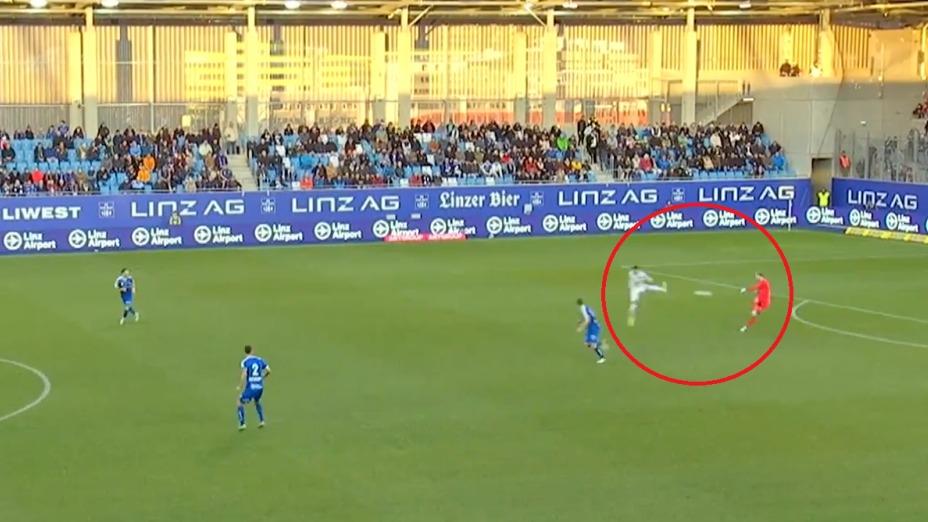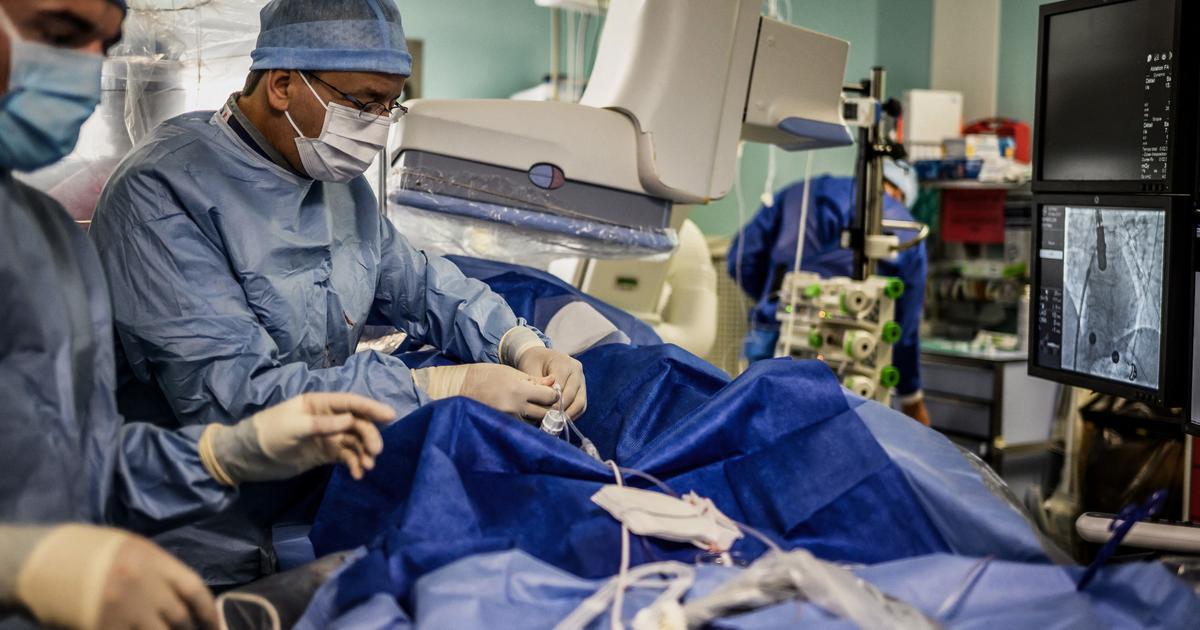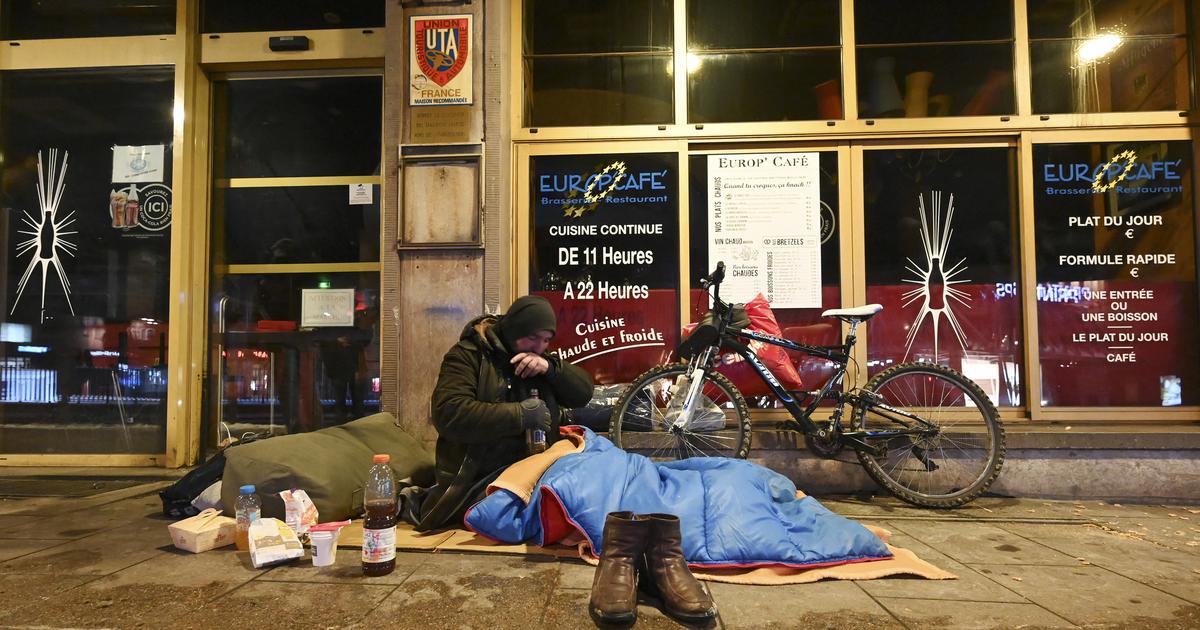As expected, the Paris region and the Aix-Marseille metropolis are no longer the only parts of the country placed on “maximum alert”.
The health situation linked to the Covid-19 epidemic has led the government to place four additional metropolises among these areas most at risk: those of Lyon, Saint-Etienne, Grenoble, and Lille.
Montpellier and Toulouse could also switch between now and Monday if the epidemiological situation continues to worsen.
To understand why these territories change to scarlet red on the map, we must remember what are the criteria making a territory go from one alert level to another.
This is the incidence rate (the number of new cases per 100,000 inhabitants over one week) in the general population, that among those 65 and over, and the occupancy rate of Covid patients in intensive care.
The Directorate General of Health (DGS) tells the Parisian that a manual analysis is done in parallel.
A territory whose indicators are just below the thresholds can therefore still "switch" if the situation worsens.
Likewise, in theory, the passage of a territory in enhanced or maximum alert is not automatic if the thresholds are reached.
Incidence rate at metropolitan level
Let's go back to our four new metropolises in scarlet red and start by looking at the incidence rate.
On a day-to-day basis, Public Health France only communicates it in its Geodes database department by department or region by region.
However, it is the scale of the metropolis that is used to put a territory in enhanced or maximum alert, indicates to the Parisian the DGS.
We must therefore look elsewhere to find this data.
In Auvergne-Rhône-Alpes, we discover in the regional epidemiological bulletin of October 1 that the incidence rate per 100,000 inhabitants from September 21 to 27 is 283.2 in Grenoble, 255.1 in Lyon, and 223 , 8 in Saint-Etienne.
And this figure has certainly increased in Saint-Etienne in recent days, since it went from 160 to 232 in the Loire department in one week.
We are therefore above or very close to the threshold set at 250. In people aged 65 and over alone, the incidence rate is, respectively, 135, 146.3, and 157.7.
That is already well above the threshold of 100. In Lille, the incidence rate is 308 positive cases per 100,000 inhabitants and 273 among those 65 and over, reports BFM Lille.
Nearly 30% of Covid patients in intensive care
Concerning the intensive care occupancy rate, the DGS confirms that it is analyzed at the regional level.
This makes it possible to avoid bias when a patient is treated in a neighboring department in the same region and which has a large hospital center.
The number of beds available per region is available for 2018 in the annual statistical base of health establishments (EAS), even if these data may have slightly changed due to the health crisis.
With the numbers, communicated by Public Health France, of Covid patients hospitalized in serious condition on Wednesday, we end up with an occupancy rate of around 28.5% in Auvergne-Rhône-Alpes and Hauts-de-France. .
But, in these two regions, it has been increasing continuously since the end of August.
Newsletter - Most of the news
Every morning, the news seen by Le Parisien
I'm registering
Your email address is collected by Le Parisien to enable you to receive our news and commercial offers.
Learn more
New restrictive measures should be taken in the coming days in metropolitan areas now on high alert, as is already the case in the Paris region and in Marseille.
Also note that Clermont-Ferrand and Dijon are now on “enhanced” alert, the level just below.









